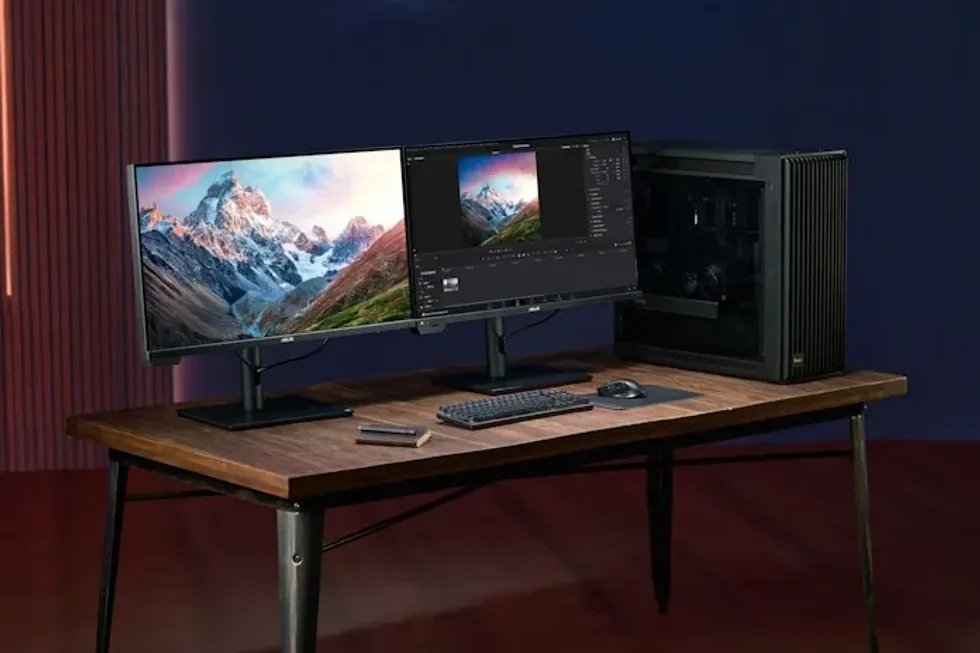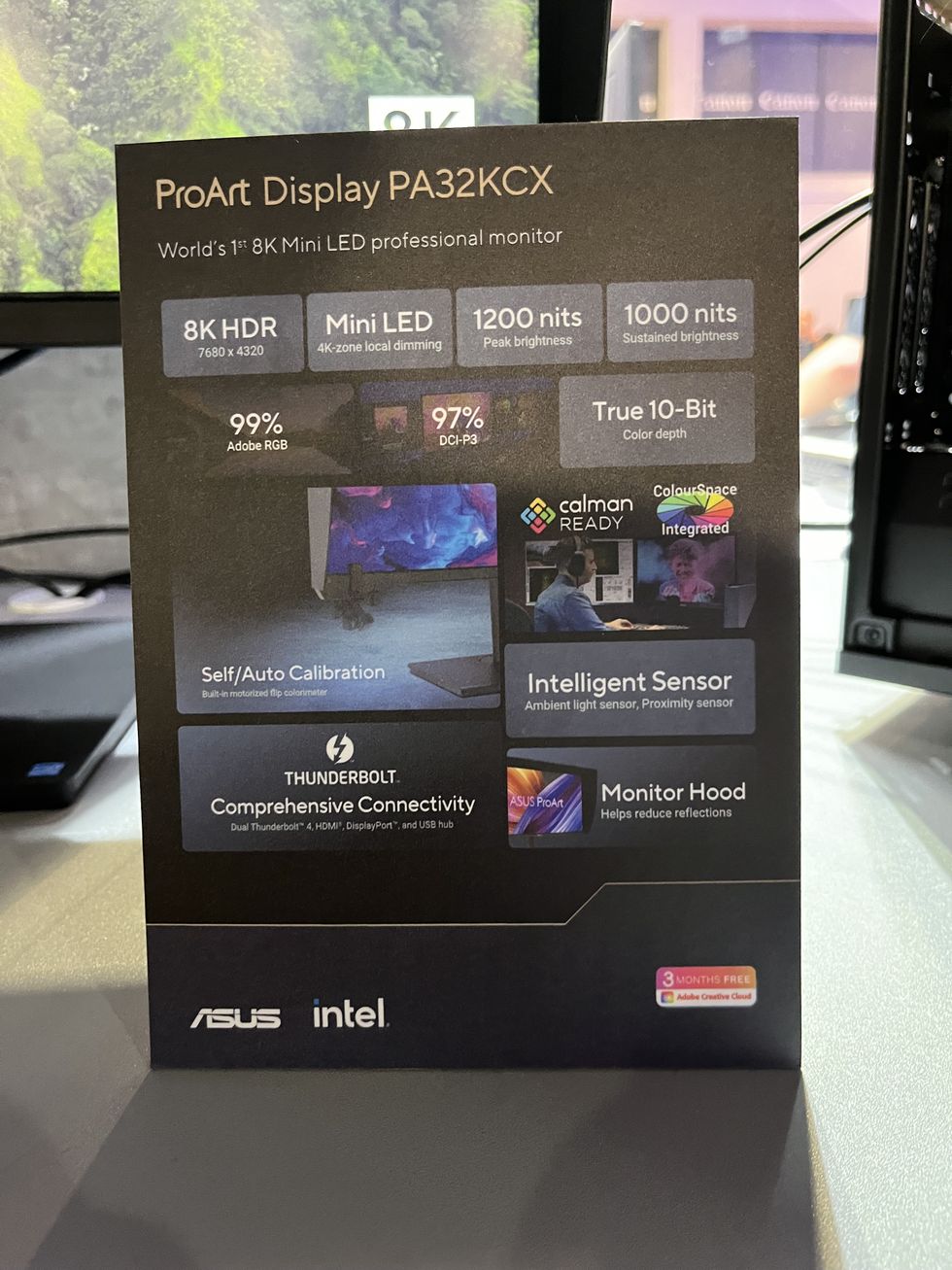Choosing the Right Lenses for the Next Generation of Cameras (Panasonic GH2, AF100, Sony F3)

The camera comes with a PL mount. PL mount is the standard mount used by just about every non-panavision camera in the motion picture industry. This means that you have a slew of premium cinema lenses at your disposal and that’s how it should be. However, if you are on a budget and can’t afford an Angenieux 24-290mm Optimo then there are a few other options available. I know there are quite a few people making the jump to an F3 from a DSLR like a 5D MkII or a 7D and probably have some Nikon lenses or Leica lenses that you adapted to use on your Canon. Those are still great lenses and will perform just fine on an F3.
While the F3 has a cinema-sized Super35mm sensor, the Panasonic Micro 4/3 size is a bit harder to find good lenses for. Here's an overview of the Micro 4/3 sensor size, though I noted that these numbers may be off slightly:
[youtube https://www.youtube.com/watch?v=K0shWr-oon4&feature=player_embedded#! expand=1 site_id=26256498]
Bloom's take on finding lenses for the M4/3 format:
Wide angles are always going to be the challenge with these camera as the smaller sensor means your field of view on what was wide on your old camera may not be that wide on the m43! The best super wide angle lens is the Lumix 7-14mm (35mm equivalent 14-28mm) F4. It’s constant aperture. A little bit slow but really wide. But be careful with movement on the 7mm end. There is barrel distortion of course at that end but you can get away with it if you don’t move the camera! It’s a pretty good price these days too. You should be able to get one for under $850 these days… So the top buys are the two Olympus lenses and the Voigtlander. This would cover all your bases but we are talking $5000 of glass here! Not that much in the grand scheme of things but more than the camera, but this is often the case!
Well, that's a significant problem, no? If you need $5k of glass to get the most out of a $1k camera, then your total cost of $6k makes the camera itself look like much less of a bargain. This is why I'm a fan of Super35 or full-frame sensors -- if you buy glass for either of those sensor sizes (Super35 is standard for cinema, full-frame more so for stills), your lenses will be adaptable to most cameras you might buy in the future, instead of investing in an awesome -- but camera-specific -- lens like Bloom's favorite, the Voigtlander 25mm F0.95:
Of course, Canon and Nikon lenses are adaptable to the Micro 4/3 format as well, though because of the crop factor, your lenses will have a narrower field of view. Still, if you already have a good set of lenses -- and you have some really wide glass that will stay fairly wide even after the crop factor -- here's word of a Canon EF adapter for the AF100 on the way; below is an example of the same brand mount -- Birger Engineering -- at work on a RED ONE, with an Impero wireless follow-focus:
[Editors note: This video no longer available]
The Birger mount for the AF100 is not yet available, but here's the official word:
Birger is coming out with a lens control system for EF mount lenses on the Panasonic AF100. Control for the iris, both auto and manual, will be from the camera. Continuous (video-style) auto-focus will be supported on most Canon “L-series” lenses. Power is provided by the camera for most lenses. Image stabilization is supported on “IS” lenses, and this feature can be turned on or off from the lens. Ships 14 February 2011. MSRP $700 for the adapter. Optional cinema-style remote control, available at additional cost, to be announced.
With time, I'm sure the Micro 4/3 format will get more inexpensive (and more readily available) lenses, but for now it seems it's a bit of a challenge to outfit these cameras with good (wide angle) glass. Be sure to check out the full posts for more in-depth info on either camera.
Links:
- Which lenses for your GH1/ GH2/ AF100/ AF101 etc…? - Philip Bloom
- Sony F3 Lens Option - Matthew Duclos
[via FreshDV]















